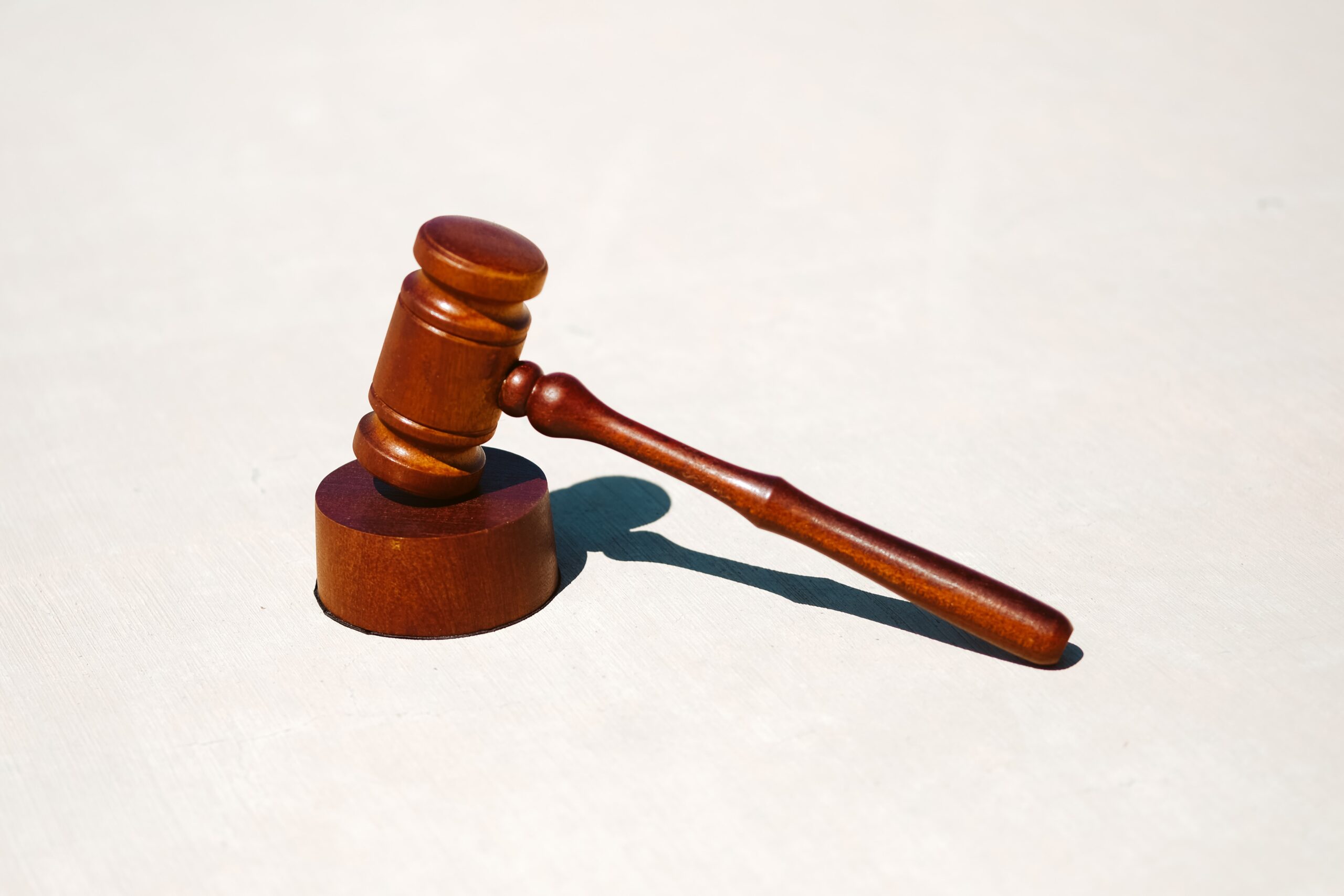Now Reading: Filing a Lead Paint Lawsuit: How Lawyers Can Support Your Case
-
01
Filing a Lead Paint Lawsuit: How Lawyers Can Support Your Case

Filing a Lead Paint Lawsuit: How Lawyers Can Support Your Case
Lead paint exposure remains a serious health risk, especially in older homes and buildings constructed before 1978 when lead-based paints were commonly used. Prolonged exposure to lead can lead to significant health problems, particularly in children, including developmental delays, behavioral issues, and permanent brain damage. If you or a loved one has been affected by lead poisoning due to lead paint in a property, filing a lawsuit may be necessary to seek compensation for the damages. This is where experienced lead paint lawyers can provide essential legal support, guiding you through the process and helping you secure justice.
Understanding Lead Paint Hazards
Lead paint poses a significant risk to occupants of older homes or buildings where the paint may have deteriorated or been disturbed. When lead-based paint chips, peels, or is disturbed during renovations, it releases lead dust and particles that can be inhaled or ingested. Young children are particularly vulnerable to lead poisoning because they are more likely to put their hands or objects in their mouths, which may be contaminated with lead dust.
Exposure to even small amounts of lead can cause serious health problems, including:
- Cognitive and developmental impairments in children
- Learning disabilities
- Behavioral issues
- Kidney damage
- High blood pressure
- Seizures, coma, or death in extreme cases
When landlords, property owners, or contractors fail to properly manage lead paint hazards, they can be held legally responsible for the harm caused. Filing a lead paint lawsuit can help affected individuals recover compensation for medical bills, lost wages, and the long-term care required for lead poisoning victims.
When to Consider Filing a Lead Paint Lawsuit
Filing a lead paint lawsuit may be necessary when you or your family has suffered harm due to exposure to lead paint in a rental property, home, or other building. Here are some situations where filing a lawsuit may be appropriate:
- Landlord negligence: If a landlord fails to address known lead paint hazards or does not disclose the presence of lead paint, they may be liable for any resulting harm.
- Unsafe renovations: Contractors who improperly handle lead-based paint during renovations, resulting in the release of lead dust, can also be held liable.
- Health complications: If you or your child has developed health problems as a result of lead paint exposure, you may have grounds for a lawsuit.
If you are unsure whether you have a valid case, consulting with lead paint lawyers can help clarify your legal options and determine if a lawsuit is the best course of action.
The Legal Process of Filing a Lead Paint Lawsuit
Filing a lead paint lawsuit involves several steps, from gathering evidence to negotiating settlements or going to trial. Here’s an overview of the key stages in the process:
1. Consultation with a Lead Paint Lawyer
The first step in filing a lead paint lawsuit is consulting with an experienced lawyer who specializes in lead poisoning cases. During this initial consultation, the lawyer will review the details of your case, assess the extent of the injuries caused by lead exposure, and discuss the legal options available to you.
Your lawyer will help determine whether you have a strong case by evaluating key factors such as:
- The source of the lead exposure (e.g., old paint in a rental property)
- The severity of the health issues caused by lead poisoning
- Whether the property owner or landlord was aware of the lead hazards but failed to take action
A lead paint lawyer will advise you on the strength of your case and the potential for recovering compensation.
2. Gathering Evidence
Once your lawyer agrees to take on your case, the next step is gathering the evidence needed to support your claim. This process may include:
- Medical records: Documentation of your diagnosis and treatment for lead poisoning, as well as any long-term health issues related to lead exposure.
- Property inspection reports: Evidence of lead paint hazards in the property where the exposure occurred. This may include reports from health or environmental inspectors who identified lead hazards in the building.
- Test results: Blood tests or other medical tests that show elevated lead levels in the affected individual’s system.
- Witness statements: Testimony from other tenants or neighbors who have experienced similar issues with lead exposure in the property.
This evidence is essential in proving that the property owner, landlord, or contractor was negligent in managing the lead paint hazards, and that this negligence directly caused the harm you or your family experienced.
3. Filing the Lawsuit
After gathering the necessary evidence, your lawyer will file the lawsuit on your behalf. The complaint will outline the facts of the case, including the source of the lead exposure, the health impacts of the lead poisoning, and the legal grounds for seeking compensation.
The lawsuit will also specify the damages you are seeking, which may include:
- Medical expenses for treating lead poisoning and related health issues
- Compensation for pain and suffering, particularly for long-term health effects
- Loss of income or earning capacity if the lead exposure impacted your ability to work
- Costs for future medical care, rehabilitation, or special education needs for children affected by lead poisoning
Filing the lawsuit officially begins the legal process, and your lawyer will manage all legal filings and communications with the opposing party.
4. Negotiating a Settlement
In many lead paint cases, the responsible party (such as the landlord or property owner) may choose to settle the case out of court. Settling can be advantageous because it avoids the time and expense of a trial and allows both parties to reach a resolution more quickly.
Your lawyer will handle all settlement negotiations on your behalf, ensuring that you receive fair compensation for your injuries and damages. Experienced lead paint lawyers know how to evaluate settlement offers and can negotiate to maximize your compensation. If a reasonable settlement cannot be reached, your lawyer will prepare to take the case to trial.
5. Going to Trial (If Necessary)
If settlement negotiations fail, your case may proceed to trial. During the trial, your lawyer will present the evidence gathered, call expert witnesses to testify about the lead exposure and its health effects, and argue your case in court.
Lead paint cases can be complex, especially when it comes to proving negligence on the part of the property owner or landlord. A skilled lawyer will handle all aspects of the trial, from presenting evidence to cross-examining witnesses, to ensure the best possible outcome for your case.
How Lead Paint Lawyers Support Your Case
Lead paint lawyers play a critical role in ensuring that victims of lead poisoning receive the compensation they deserve. Here are some ways they can support your case:
- Legal expertise: Lead paint lawyers have specialized knowledge of the laws and regulations governing lead-based paint hazards. They know how to build a strong case and navigate the legal process.
- Investigative resources: Lawyers have access to experts, including environmental inspectors and medical professionals, who can help prove the link between lead exposure and health issues.
- Maximizing compensation: A lawyer will ensure that you seek full compensation for all your damages, including future medical care and pain and suffering.
- Handling the legal process: Filing a lawsuit involves many legal steps, including gathering evidence, filing court documents, and negotiating with the opposing party. A lawyer will handle all of these aspects, allowing you to focus on your recovery.
Conclusion: Take Action with the Help of Lead Paint Lawyers
If you or a loved one has been exposed to lead paint and suffered health consequences, it’s essential to take legal action. Experienced lead paint lawyers can guide you through the process of filing a lawsuit, gathering evidence, and seeking compensation for your injuries. Don’t wait to get the legal support you need—reach out to a lead paint lawyer today to protect your rights and hold negligent property owners accountable.










